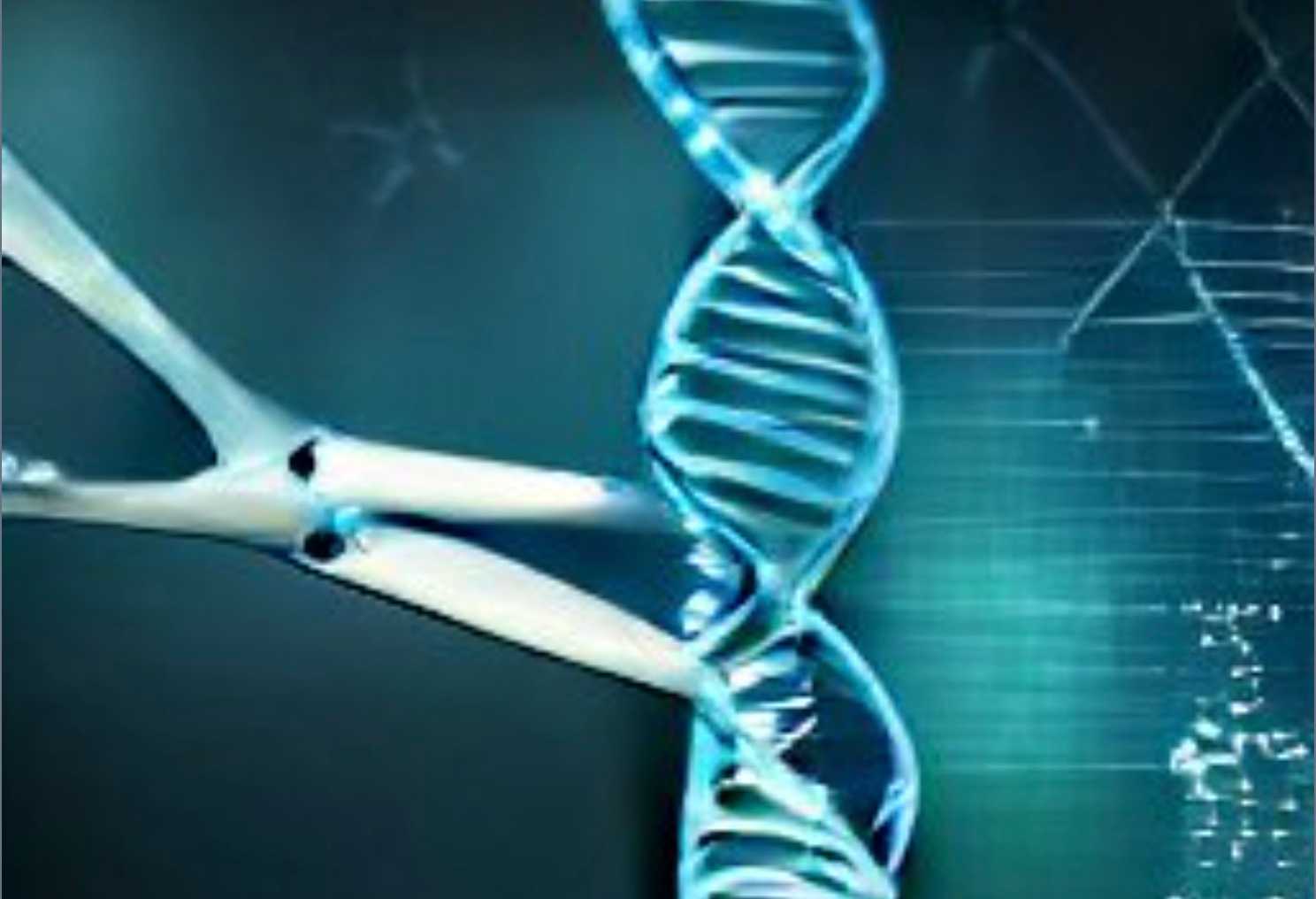
Code Breaker
Walter Isaacson's Code Breaker is the book that introduced me to the advancements in the field of Genetic Engineering and the genome project. I seem to have been oblivious to the whole revolution all this time. I had heard of the sheep, Dolly, that was cloned but nothing about the progress that can help change the human genome.
The book is a good first book in this field. The author introduces the topics one by one in a chronological order. Well, there is only a brief introduction to all the various topics and nothing in depth. This is expected because the book is more a historical rendering of events rather than a scientific journal. This caters to both tech geeks as well as newbies like me.
While reading the book, I was reminded again of the high school science that DNA is like a large database with all the information about the person. DNA tells RNA what to do. It is RNA that finally does all the work (please correct me if I am wrong). One of my favorite lessons in our high school classes was that of the experiments by Mendel. Predicting the genes in the offspring with the knowledge of the parents was like mathematics and it fascinated me. I still remember those classes distinctly. The book talked about Mendel (which made me very happy) and about his life rather than just his work. Same is the case with Watson. The author speaks of the person (including how likable they are) along with their work - which is not very common.
Throughout the book, we follow Daudna's life; her college, her lab work, her parents, her marriage etc. The developments in the science community (like, the structure of ribozyme, the RNA interference, etc) are weaved into the story.
The story of CRISPR started when Mojica found sequences of DNA in bacteria that matched that of the virus that attacks it. That means, the DNA (the database) has a copy of the predator to identify it and is passed through generations. Next, it was found that adjacent to these sequences, there were genes that produced enzymes that cut the DNA. They were called Cas (CRISPR associated) enzymes. And the flood gates opened. A dozen such enzymes were discovered across the world. Already the application of this enzyme had started in the food industry to protect yogurt producing bacteria from attacking viruses.
We also read about biotech start ups and their pitfalls in the book. The author is trying his best not to make the book dry by talking only about scientific discoveries. We read about the cut-throat competition among scientists to publish their papers in prestigious journals. It was surprising to me to learn that it takes months to publish a peer-reviewed paper.
Now, we learn about tracrRNA that produces crRNA. It is the crRNA that attaches to the attaching virus's DNA at the specific sequence so that Cas enzyme can cut it. Also, tracrRNA guides the crRNA to the exact sequence where it is supposed to stick. It is the combination of these three; tracrRNA, crRNA and Cas enzyme, that cuts the attacking viral DNA. If we know how to cut the DNA, would it be possible to paste a new sequence as well? Turns out, it is possible. That is gene editing all about. They engineered a single-guide RNA that was a combination of tracrRNA and crRNA, thus simplifying the cutting process further.
The book also talks about the historical events where this gene editing technique was experimented to cure diseases caused by single cell mutation (sickle cell anemia). We now diverge from the science of gene editing to the ethics of it. The author presents the views of so many different perspectives - what is ethical and what is not. We also see the influence of bio hackers in the mix. In gist, they seem to lean towards the attitude that somatic cell changes (that do not get inherited) are okay while germ cell editing (which do get inherited) is not.
The last section of the book is dedicated to accounting the role of gene editing in fighting the Covid-19 virus. Unlike the rest of the book, that seems like historical rendering, this one seemed like live reporting. The author was present in the mix of people working towards the detection and cure for the disease and has a direct peek into the labs, which is fascinating.
This book held my interest in the first half. The author has dumbed down the science for me to understand. I am grateful for it. Also, I came across a teach-out on Coursera (link here) that was a summarized version of the book without the juicy history if you want to get a gist of the gene editing technology. Unfortunately, the teach out also focuses on the ethical side of gene editing rather than the science of it.